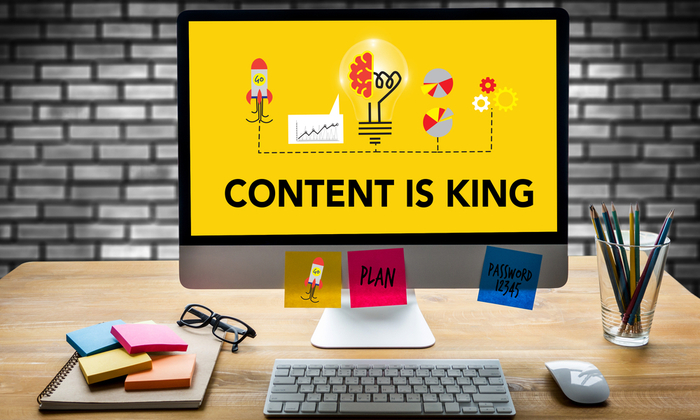
Let’s talk about content marketing.
How’s it doing in 2021? Where might it be headed this year and next? Is it still the king?
Content marketing continues to flourish for one very simple reason: it’s what the people want. They don’t want intrusive banners, ads, and popups.
They don’t want irrelevant messages and products that have nothing to do with them shoved in their face. They don’t want spam clogging their inbox.
People want high quality, useful, relevant, and engaging content about things that matter to them.
Craig Davis, the former Chief Creative Officer at marketing communications firm J. Walter Thompson, said it best:
We need to stop interrupting what people are interested in and be what people are interested in.
That’s content marketing in a nutshell. And yes, it’s still king, but it is evolving. Consider:
- Compared to outbound tactics, content marketing costs 62% less but generates 3x as many leads.
- Video and voice search are leading the charge in 2021.
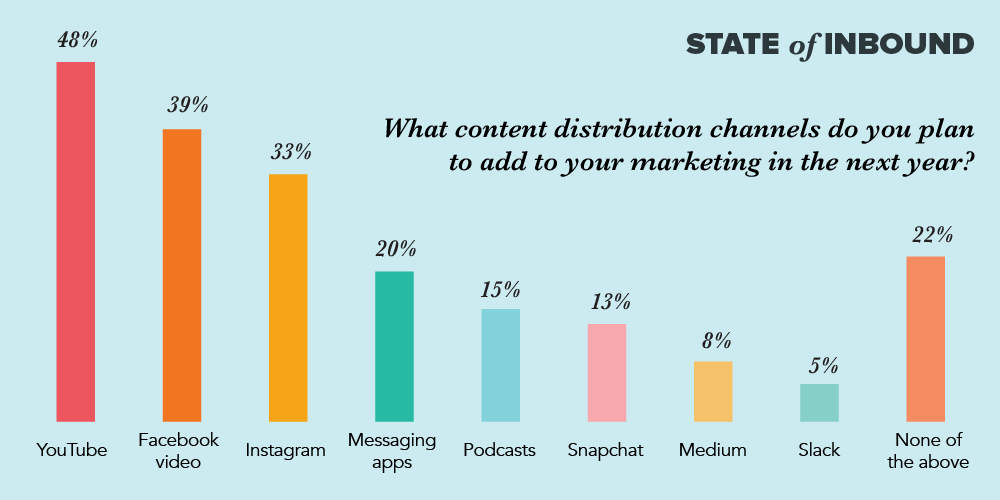
- Over 41 percent of Americans use an ad blocker of some sort. Content is not an “ad”, and so is an effective method to get around blockers.
- Businesses that use content marketing have conversion rates 6x higher on average than those who do not.
- 70% of consumers prefer to learn about a product from an article rather than an ad, and 4x more would rather a video than an article.
- Roughly 24% of marketers plan to increase their spending on content marketing in both B2B and B2C.
- SMBs that blog generate 126% more lead growth than their non-blogging counterparts.
- 38% of marketers publish new content at least weekly, while 91% of the most successful business bloggers publish at least once per week.
- 60% of marketers say content marketing is very important or extremely important to their overall strategy.
If you’re not convinced yet, any blog post on content marketing statistics will quickly change your mind.
It works. Exceedingly well.
But the thing about content marketing is – as with virtually everything digital – it’s constantly evolving and changing. Tactics and channels that worked last year, or even last month, might not deliver the same robust results today.
Digital marketers have to stay on top of the industry, paying attention not only to what the competition is doing, but where the people are spending their time online, and what they’re consuming while there.
So, what’s happening in content marketing, version 2021? Let’s find out.
Content Marketing: 2021 Current Trends
To operate on the assumption that what content marketing was it will always be is to fail at it. Horribly. In the early days, you could post a 500 word, keyword-stuffed blog post and generate plenty of traffic.
Not anymore. Content marketing is as much about watching the trends as it is about creating and sharing content.
Social Media Metrics (and Their Impact on Content Marketing)
In 2014, social media was becoming the place to post your content. In 2021? There’s no longer any debate. Facebook is the primary distribution channel for content.
But simply posting is not enough. You have to promote and measure. Seven years ago, a measly 25% of marketers were measuring their social media campaigns at the individual pieces of content level.
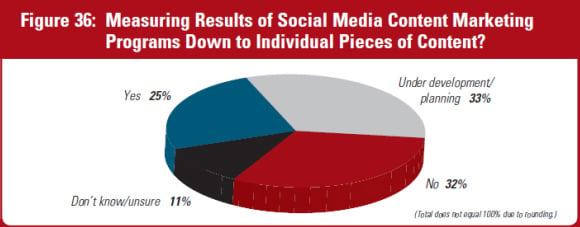
If you’re not monitoring your content, you might as well just throw your marketing budget out the window.
Great marketers measure, manage, and tweak. And I’m not just talking about clicks, likes, and favorites, often referred to as the vanity metrics.
Today, it’s more about comments, shares across multiple channels, discussion, and action – or engagement with your stuff – and conversions.
In a perfect world, you’d have your finger on the pulse of all three to collect the most detailed and comprehensive vital signs on your campaigns. Nowadays, 56% of marketers rely on engagement metrics to determine campaign success, while 21% focus on conversion data.
That’s an improvement from four years ago, but better still is vanity, engagement, and conversions. Between various analytics services and built-in social media platform capabilities like Instagram Insights, you have the tools to collect, analyze, and use the data that matters.
So use it.
2021 Video and Live Streaming
Video is the number one form of media in content marketing.
In fact, it’s been the most frequent answer to the question of what marketers plan to add to their tool belt for the past couple of years. YouTube and Facebook video are becoming must-haves in the digital marketing game.
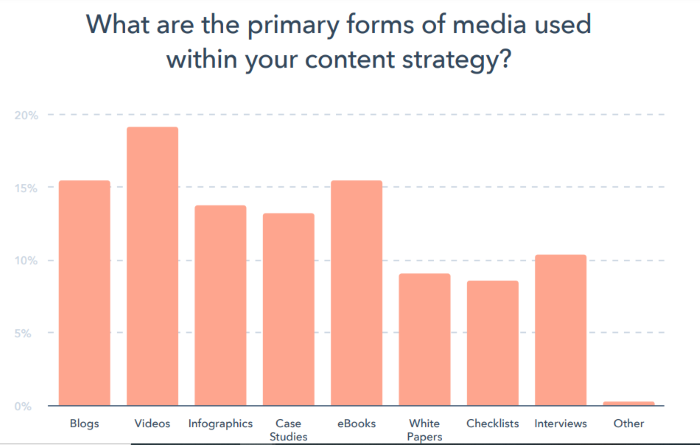
Search Engine Journal discovered that their Facebook Live posts delivered 178% higher than average engagement over regular posts, and increased referral traffic by 213% over the 2 months of their study.
According to HubSpot’s most recent Not Another State of Marketing Report, the top two types of video are promotional and brand storytelling.
Why? Marketers are increasingly relying on video because people are increasingly watching it:
- People watch over 2 billion videos a day on Twitter
- Video accounts for an estimated 82% of consumer internet traffic in 2021.
- There are 8 billion daily video views on Facebook on average.
- Over half of online users – 55% – watch videos every day.
- Social videos generate 1200% more shares than text and images combined.
- According to Curata, the three most effective types of videos are customer testimonials, tutorials, and demonstrations. Notice that they all benefit the customer in some way. That’s key.
You don’t need a fancy recording studio, either. The camera on your phone is good enough to get started
Explore YouTube, Facebook Live, LinkedIn Live, Animoto, Periscope, Instagram, Wistia, PowToon, and more.
Pre-recorded videos used to be the preferred format at the moment, but the pendulum is definitely swinging towards live streaming. Facebook reports users watch live videos 3x longer than those that are pre-produced, and LinkedIn reports live videos earn 24x as many comments.
Point is, video – both recorded and live streaming – is a top tactic in both B2C and B2B. And online netizens love to watch and consume it.
So give it to them.
How Many Words Matter in 2021 Content Marketing?
Quality still matters more than quantity, but there has been a steady upward trajectory to blog post length over the past few years. This will continue.
The average blog post was 808 words in 2014, but was 1142 words in 2017. That’s an increase of 41%.
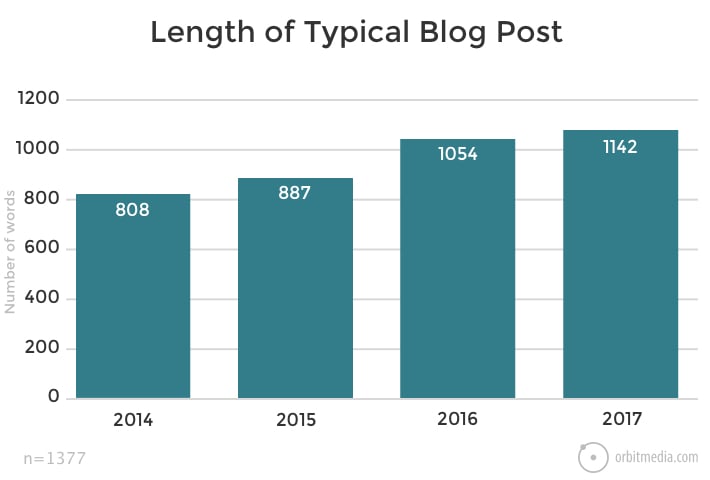
In 2020, the average length of a top ranking blog post is 1447 words.
It might sound counterintuitive; our attention spans are getting shorter, and we hop from page to page, website to website – but people are still willing to invest the time for a comprehensive and well-written post. (Like this one).
Just remember we’re not talking about words for the sake of words. Consumers want quality. They want detailed, relevant, useful posts. And they’re not afraid to spend some time with them. More words = more success — but only if those words are relevant.
So do it.
There are other trends to keep at least a passive eye on, everything from interactive content to the emergence of micro-influencer marketing.
Trends come. Trends go. But if you truly want to stay one step ahead of the competition, you need to make some educated predictions.
2021 Content Marketing: The Predictions
Identifying trends as they’re happening is one thing. Accurately predicting the trends before they happen is something else.
But if you do, you’re on the frontline and ahead of the curve. What might 2021 have in store for content marketing? It’s time to bring out your crystal ball.
Long-Form Original Content
Blogs are getting longer. Video is gaining ground. But that’s not what I’m talking about here.
Big brands like Apple, Google, and Facebook are investing big money in original programming, with revenue-sharing between the platform and the creators.
A service like Facebook Watch – the social media behemoth’s on-demand video space – provides a platform that allows content creators to find their audience and build a community. Those are two of the biggest goals of content marketing in one fell swoop.
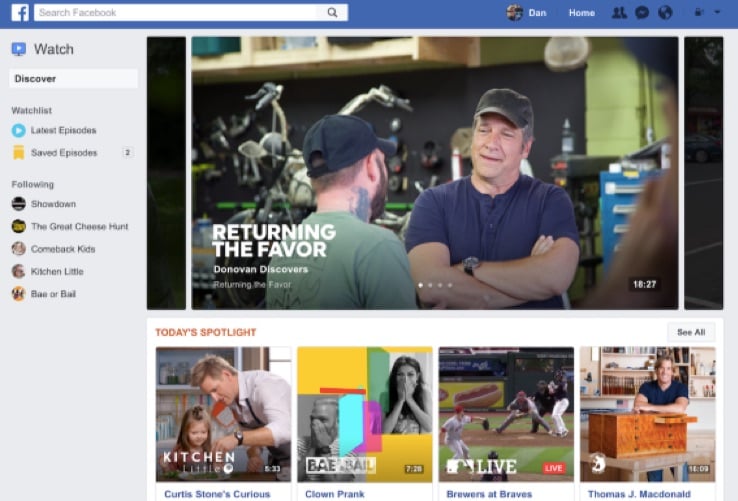
The benefit of this tactic, aside from its popularity, reach, and potential is the ability to monetize the content itself.
Ultra-Personalized Content
The old way had content created and pushed out to thousands or millions of people. While that can still work depending on the quality and subject, there is a better way on the horizon.
Enter ultra-personalized content.
As we create more and more data points, and develop more and more tools for collecting and analyzing them, the ability to produce and push personalized content is becoming that much easier.
Tools like YouTube’s Director Mix, for example, allow brands to personalize videos and videos ads for hundreds if not thousands of different audience segments based on a variety of data sources and user behavior. And all automatically.
Dynamic content can help users find exactly they type of content they want.
Content has always been about relevancy, but expect relevancy and personalization to take center stage over the next 12 months or so.
Ultra-Local Content Marketing
Big brands and chains may create content at location A, and push it out for use at location B.
The problem is, location A and location B could be in different cities, or countries, or even continents.
What if rather than reusing the same content created at A, it was given some local flavor before sharing it at B? Consumers are looking for relevancy and personalization, and geography is a big part of that.
Locally produced content is not always possible. And even when it is, it’s not always done.
It should be. Content coming from HQ?
Give it a local twist. Create some of your own, local stuff whenever possible. Resist the urge to produce generic content in order to appeal to as wide an audience as possible…at least sometimes. If you’re offering products or services at a local level, make your marketing a good mix of global and local.
The axiom in purchasing these days is “buy local”. For marketing? It will be “be local”.
Delivery Channels of the Future
Amazon Echo. Google Home. Siri. Your fridge?
The Internet of Things means your content will be delivered via channels outside the usual social media platforms and websites.
Less text-heavy, more video, and succinct verbal answers. Provide the content that works with the evolving delivery landscape. Both schema markup and structured data will help. Use them.
The opportunity to secure uninterrupted and focused time with consumers will still exist, but it’s going to be more challenging than ever to act upon. In order to capture hearts, minds, and — ultimately — wallets, the smartest brands will realize that they must stop thinking like advertisers and start thinking like media companies, giving core audiences value beyond just the products and services they provide.
~Jesse Greenberg, former chief strategy officer at Ackerman McQueen
Businesses are moving away from company-focused content and towards content that is tailor-made – sometimes down to the individual level – for the customer. Relevant to them. Personalized to them. Useful to them.
That’s the present and future of content marketing.
Conclusion
This is by no means an exhaustive list. Artificial intelligence, voice search, augmented reality, remarketing, and passage indexing are all likely to impact content marketing in 2021 and beyond.
Getting in on content marketing trends is good. Do that.
Getting in on the ground floor by anticipating the next trend is even better. Do that, too. The signs are there. All you have to do create it.
Have I missed anything? What do you see as the biggest trends in content marketing for 2021? What predictions do you have about the future?
The post Content Marketing in 2021 and Beyond appeared first on Neil Patel.
from Blog – Neil Patel https://ift.tt/3r0glFE
via IFTTT
No comments:
Post a Comment